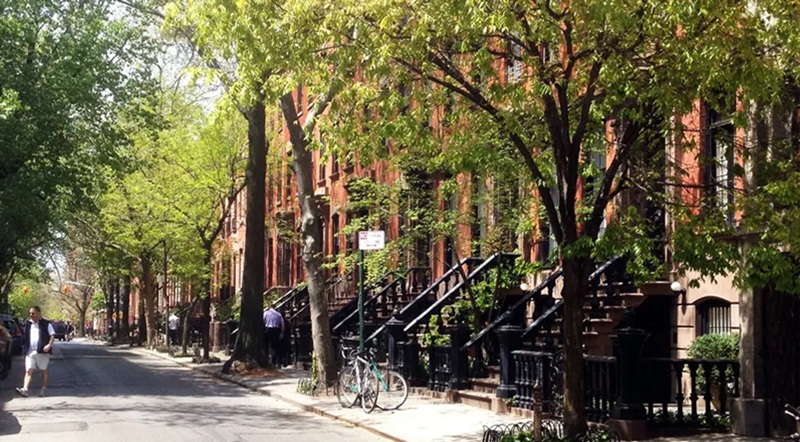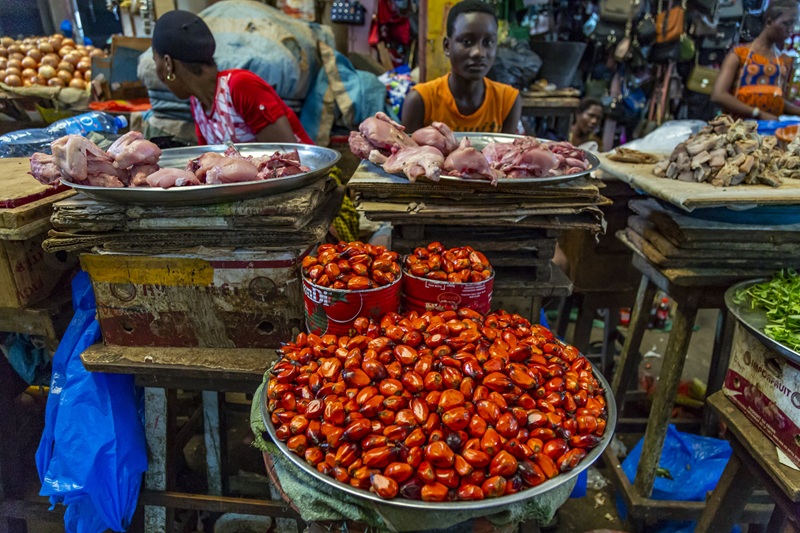
Greenwich Village, often simply called “The Village,” is one of New York City‘s most iconic neighborhoods, renowned for its rich history, vibrant arts scene, and cultural significance. Nestled in Lower Manhattan, Greenwich Village has long been a haven for artists, writers, musicians, and nonconformists seeking an alternative to the more conventional aspects of city life. Today, it continues to be a hub of creativity, diversity, and charm, drawing visitors and locals alike with its blend of historic streets, trendy boutiques, intimate cafes, and lively nightlife.
A Rich History of Rebellion and Innovation
Greenwich Village has always been a place where the unconventional could thrive. In the early 19th century, the neighborhood was a quiet, residential area, home to affluent New Yorkers. However, by the mid-1800s, the area became a more eclectic mix of bohemian artists, immigrants, and intellectuals. As New York City‘s urbanization took hold, the neighborhood evolved into a place for creative expression and social experimentation.
During the early 20th century, the Village became the epicenter of various cultural and political movements, notably the Harlem Renaissance, which brought Black culture, literature, and music to the forefront. It was also a hotspot for the rise of modern art and the avant-garde, with artists like Jackson Pollock and Andy Warhol influencing the artistic landscape. Writers like Edith Wharton, Langston Hughes, and Dylan Thomas made the Village their home, contributing to its reputation as a literary mecca.
The 1960s and 1970s saw the Village become a birthplace for counterculture movements, including the LGBTQ+ rights movement. The Stonewall Riots of 1969, which took place at the Stonewall Inn in Greenwich Village, are widely considered to be the catalyst for the modern LGBTQ+ rights movement. The neighborhood’s acceptance and advocacy for social change cemented its legacy as a progressive and inclusive community.
The Heart of Artistic Expression
One of the defining characteristics of Greenwich Village has been its unwavering connection to the arts. The neighborhood is often seen as a center for artistic freedom, where music, theater, dance, and visual arts intersect. Washington Square Park, a central green space in the heart of the Village, has long been a gathering spot for performers, musicians, and street artists, embodying the spirit of creativity that defines the area.
In the early 1900s, Greenwich Village became a hub for jazz and folk music, with venues like the Village Vanguard and The Bitter End hosting legendary performances by artists such as Billie Holiday, Bob Dylan, and Joan Baez. These venues are still standing today, continuing to celebrate the neighborhood’s rich musical legacy.
In theater, the Village has been home to numerous experimental and off-Broadway productions. The Theater District, while more associated with the larger productions on Broadway, shares a deep connection with Greenwich Village’s smaller, independent theaters, which continue to foster new and bold works of performance art.
Iconic Streets and Landmarks
Walking through Greenwich Village feels like stepping back in time, with its tree-lined streets, charming townhouses, and quaint storefronts. Some of the neighborhood’s most famous streets include Bleecker Street, MacDougal Street, and Christopher Street, each of which carries its own unique vibe.
Bleecker Street is particularly notable for its history in the folk music scene, with venues like the Café Wha? and Gerdes Folk City hosting performances by the likes of Jimi Hendrix and Simon & Garfunkel. Today, Bleecker Street is still lined with independent music shops, cafes, and trendy boutiques, offering a mix of old and new.
Washington Square Park, with its iconic arch, serves as the neighborhood’s central gathering point. It has long been a hub for artists, musicians, chess players, and activists. The park’s fountain and open spaces make it a popular spot for both locals and tourists to relax, people-watch, or enjoy impromptu performances.
The Stonewall Inn, located on Christopher Street, remains a symbol of the LGBTQ+ community’s fight for equality and a key historical landmark. As a National Historic Landmark, it stands as a reminder of the pivotal role Greenwich Village played in advancing LGBTQ+ rights.
A Modern Village with Timeless Charm
While Greenwich Village has evolved significantly over the years, it retains much of its historic charm. The neighborhood has seen gentrification in recent decades, with rising property values and an influx of young professionals, but it still manages to maintain a distinct sense of community and character. Many of the buildings in the Village have been preserved, offering a glimpse into the past through their historic brownstones and low-rise architecture.
The mix of old-world charm and contemporary style gives Greenwich Village its unique allure. The area remains a haven for artists, intellectuals, and creatives, while also being a desirable place to live and visit for those seeking the perfect balance of urban living and bohemian lifestyle.
Dining and Nightlife in the Village
The food scene in Greenwich Village is as diverse and eclectic as its residents. From historic Italian eateries in Little Italy to contemporary American bistros, the neighborhood offers a range of dining options that cater to all tastes and budgets. John’s of Bleecker Street is a beloved spot for classic New York pizza, while Minetta Tavern is known for its upscale American fare.
For those seeking a vibrant nightlife scene, the Village offers a wide range of bars, clubs, and music venues. From intimate jazz clubs to lively speakeasies and trendy cocktail lounges, there’s something for everyone in this dynamic neighborhood. Many venues also embrace the LGBTQ+ community, continuing the legacy of inclusion that the Village is known for.
A Legacy of Diversity and Progress
Greenwich Village has long been a neighborhood where individuals can live authentically, express their creativity, and engage with like-minded people. Its cultural diversity, progressive values, and rich history continue to make it a beacon of freedom and self-expression. The Village remains a reflection of New York City itself—a place where art, culture, and history converge, creating a dynamic environment that constantly reinvents itself while maintaining a deep sense of place and identity.
For anyone visiting New York City, Greenwich Village offers a glimpse into the heart of the city’s creative soul. Whether you’re enjoying the music, exploring the historic landmarks, or simply strolling through its charming streets, the Village stands as a testament to the enduring power of culture and community.

